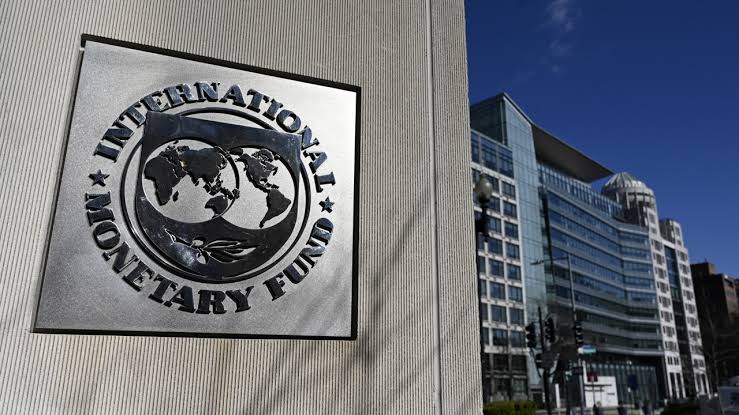The International Monetary Fund (IMF) has outlined five priority policy options for promoting financial inclusion in Nigeria, the largest economy in Africa.
These options include increasing financial access points, promoting digital financial services, improving financial literacy, upgrading the framework for fintech operations, and enhancing the features and uses of Central Bank Digital Currency (CBDC).
In a recent report, the IMF noted that while financial inclusion rates have improved gradually in Nigeria, they still fall short of the targets set in the country’s 2012 financial inclusion strategy.
While the share of the adult population with a bank account has increased and now accounts for more than two-thirds of financially-included individuals, this increase has largely been driven by the integration of individuals who previously used non-bank and informal financial services.
Financial inclusion refers to the accessibility of useful and affordable financial products and services, such as transactions, payments, savings, credit, and insurance, in a responsible and sustainable manner.
It is considered a key enabler to reduce extreme poverty and promote shared prosperity, and it aligns with seven of the 17 Sustainable Development Goals for 2030.
According to Enhancing Financial Innovation & Access, Nigeria’s financial inclusion rate reached 64.1% in 2020, up from 63.2% in 2018.
However, this figure falls below the Central Bank of Nigeria’s target of 80% for 2020. The central bank has increased the target to 95% by 2024.
The authors of the IMF report highlighted that while progress has been made in onboarding residents into the banking sector, the overall exclusion rate and the usage of specific financial products still exceed official targets by a significant margin.
The reasons for these inclusion gaps, including gender, education, income, and geography, are attributed to long distances to financial access points, limited financial literacy, and low adoption of mobile money and payments.
The IMF report suggests that policies should continue to focus on improving networks and financial access points, while also prioritizing identification onboarding and reevaluating the approach to financial education.
Regarding the adoption of Central Bank Digital Currency (CBDC), the IMF revealed that despite the Central Bank of Nigeria’s efforts to promote awareness, adoption remains low.
Wallet downloads have slowed, with only 0.8% of bank accounts utilizing wallets, and merchant wallet downloads are limited to around 10% of merchants with point-of-sale terminals.
Wallet activity is also low, with most wallets appearing inactive. The average number of weekly eNaira transactions since the launch represents only 8% of wallets, with an average transaction value of N53,000 (about $120).
Several Sub-Saharan African central banks, including South Africa, Ghana, Uganda, Kenya, Rwanda, Mauritius, Madagascar, Zimbabwe, Eswatini, Namibia, and Zambia, have been exploring the use of digital currencies to enhance their payment systems following Nigeria’s introduction of the e-Naira in October 2021.
Central banks worldwide are considering the issuance of their own CBDCs and are eager to understand the associated risks and opportunities. Queen Máxima of the Netherlands, the United Nations Secretary-General’s Special Advocate for Inclusive Finance for Development, emphasized the potential for CBDCs to expand access to the underbanked and serve vulnerable and impoverished populations.
However, she also highlighted the need for caution in addressing the new challenges and risks that CBDCs may present











